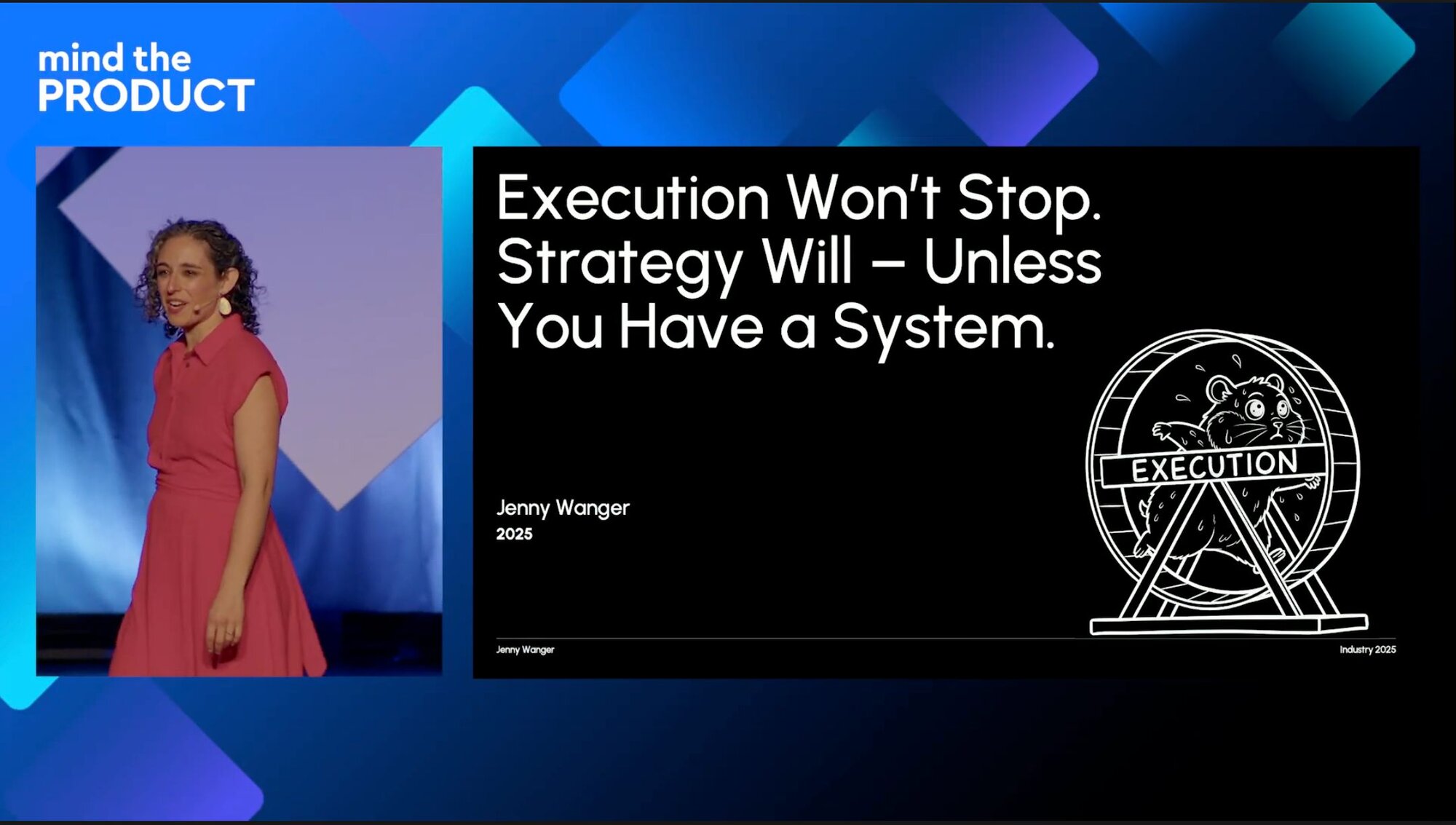In this November 2020 #mtpcon Digital keynote, Asha Haji, Co-Founder and COO and Founders Academy shares her recent experience of a pivot. She talks about what drives a pivot, how to decide what to pivot to, and how to manage your pivot once it's started.
Watch the video to see the talk in full. Or read on for an overview of Asha's key points:
The Drivers of a Pivot
To begin the talk, Asha asks the question: “What are the key drivers of a pivot?” and provides three possible reasons:
- The business can’t achieve growth fast enough
- The business is being pulled in a new direction
- The market's circumstances have changed
Deciding What To Pivot To
If your circumstances require a pivot then you need to decide what your product will pivot to. Asha provides the following six steps:
- Check your indicators: Is what you’re experiencing a temporary blip or is it a trend?
- Brainstorm options: It’s important to think about the problems you want to solve before you jump into solutions.
- Analyse the business model: You need to test your possible models to see if they are desirable, viable, feasible, and exciting.
- Run low-cost experiments: Validate your riskiest assumptions with your customers.
- Conduct a pivot pre-mortem: Perform a risk assessment on each of your possible outcomes.
- Make a decision: Document your assumptions and commit to the pivot.
Managing Your Pivot
Once you’ve decided you need to pivot and what you’ll pivot your product to, you need to decide:
- What to keep the same: Evaluate which parts of the product translate to the new vision
- What to change: Repurpose existing assets to match the new vision
- What to leave behind: Not everything in your product will match your new direction, you'll need to remove some features, and possibly even lose some of your team
Asha goes on to say that pivots can be very emotional and that the people in your company may feel scared by uncertainty and unsettled by change. Pivots require real leadership so take care to be clear about the new direction, and be extremely communicative.
Asha provides some tips on how to be a great product leader during a pivot:
- Prevent the team from setting unnecessary constraints.
- Provide insights from data analysis and running rapid product experiments.
- Be a strong connector. Bring people together around a new vision.
Be Brave and Be Strong
To close the session, Asha explains that if you’re currently in the process of pivoting you should:
- Be brave! Taking no action when your company should be pivoting is the worst outcome.
- Be smart! Pivoting your business is a massively disruptive activity. Approach it with a cool head and discipline.






